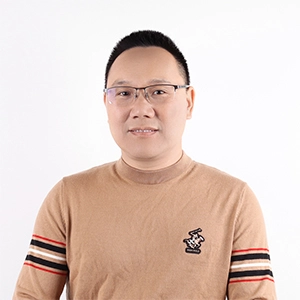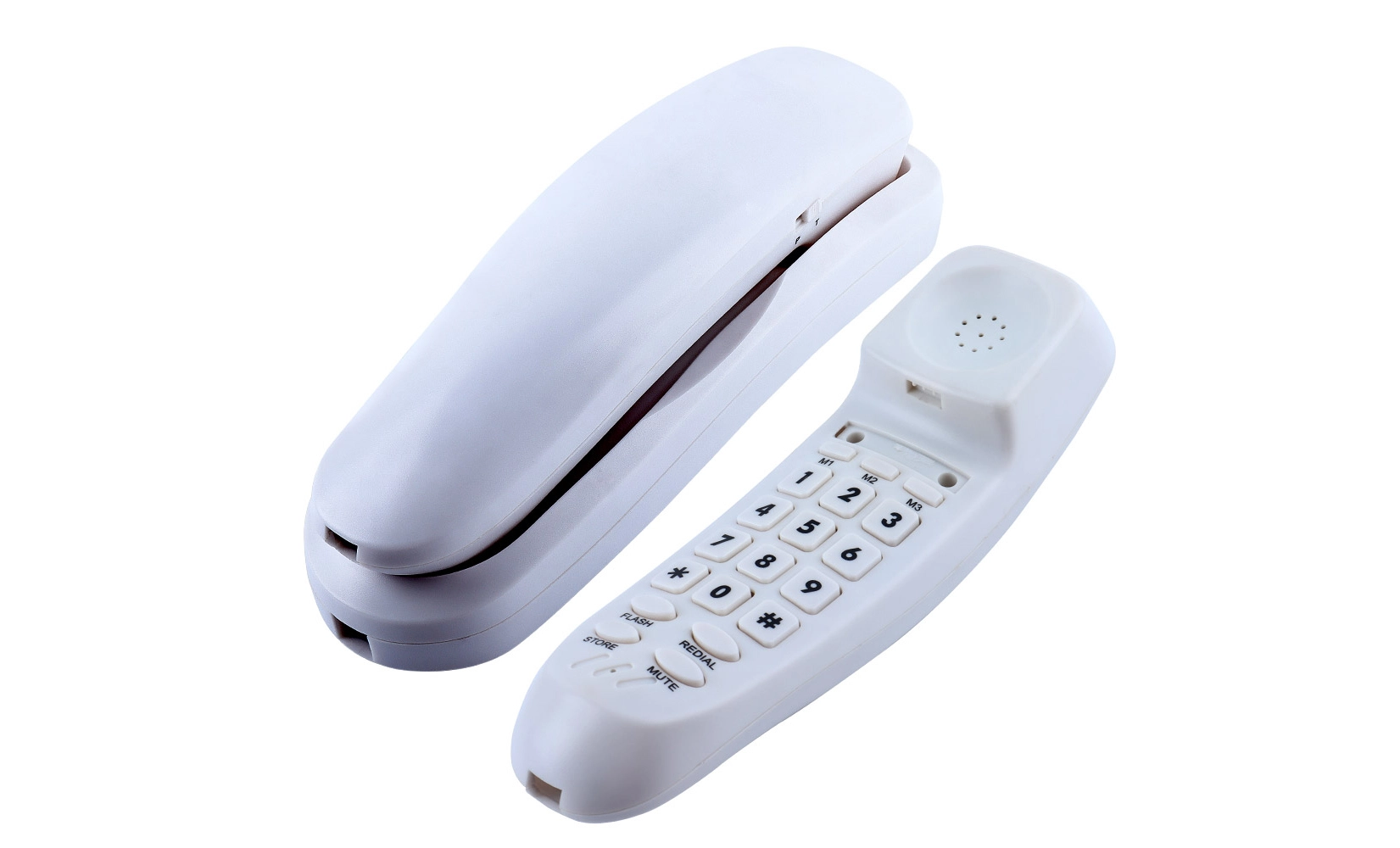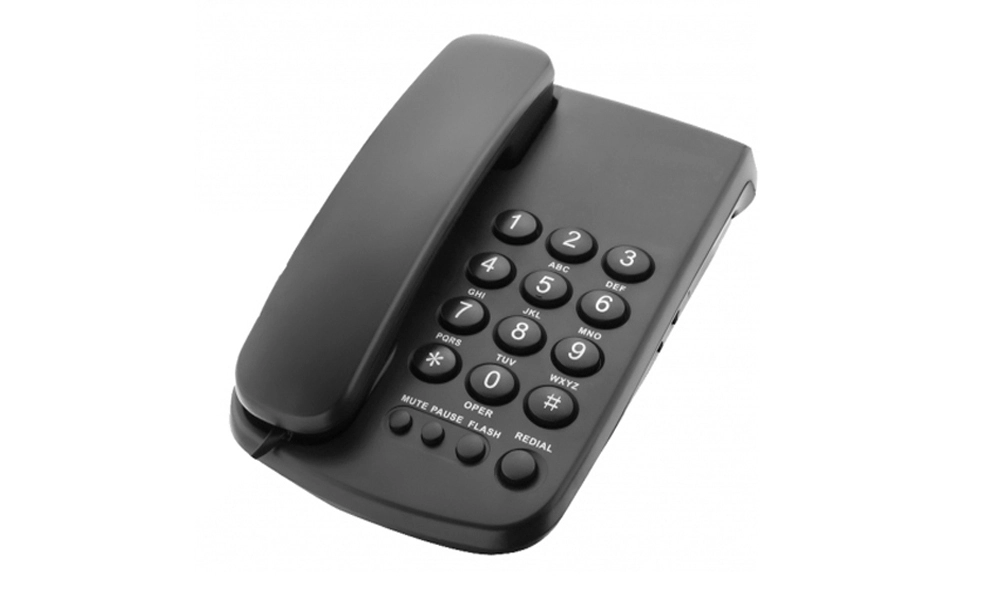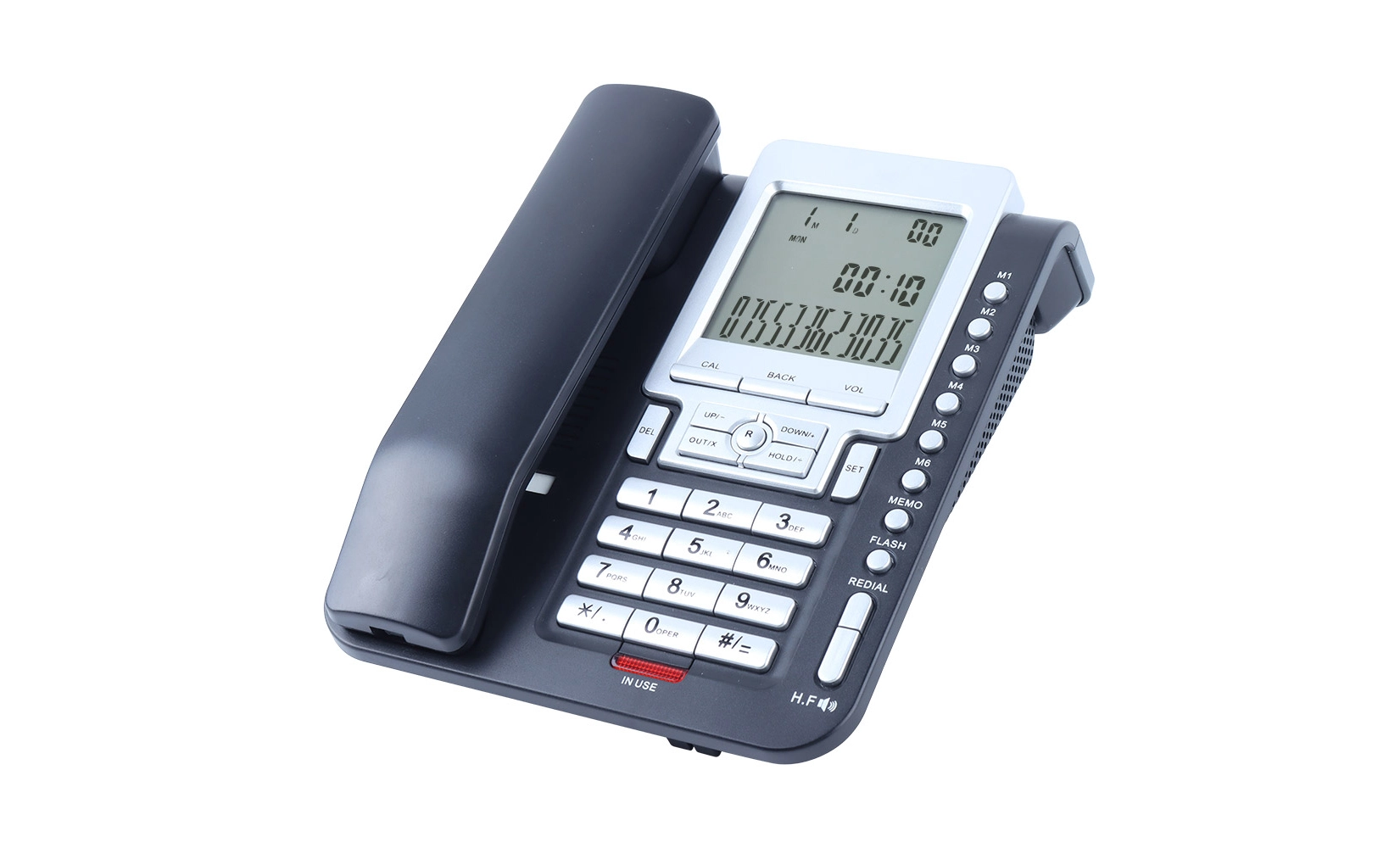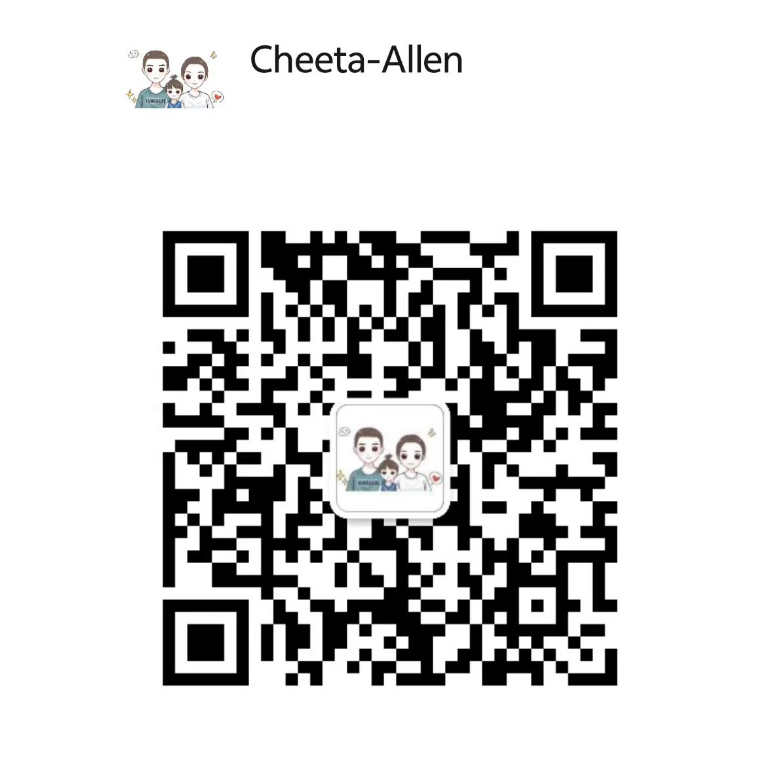The Evolution of Caller ID Technology in Business Communication
The journey of Caller ID technology in business communication has been nothing short of revolutionary. What began as a simple display of incoming phone numbers has transformed into sophisticated systems that serve as the backbone of modern business telecommunications.
From Basic Number Display to Advanced Call Management
In its infancy, Caller ID was a groundbreaking feature that allowed businesses to see the phone number of incoming calls. This simple capability provided a new level of control over incoming communications. As technology progressed, Caller ID evolved to include name display, giving businesses even more context for their incoming calls.
Today's multi-function Caller ID Telephone systems have expanded far beyond these basic features. They now incorporate advanced call management capabilities, including:
- Call logging and history tracking
- Customizable contact lists
- Integration with Customer Relationship Management (CRM) systems
- Voicemail-to-email transcription
- Call routing and forwarding options
These enhancements have transformed Caller ID from a simple identification tool into a comprehensive communication management system.
The Impact of Caller ID on Business Efficiency
The integration of advanced Caller ID features has significantly improved business efficiency in several ways:
- Time Management: By knowing who's calling before answering, employees can prioritize their responses and prepare for important conversations.
- Spam Reduction: Businesses can easily identify and block unwanted calls, reducing time wasted on spam and telemarketing.
- Enhanced Customer Service: With instant access to caller information, businesses can provide personalized service from the moment they pick up the phone.
- Improved Call Tracking: Detailed call logs help businesses analyze communication patterns and optimize their phone systems accordingly.
These efficiency gains are particularly valuable for small businesses, where every minute and resource counts.
Key Features of Modern Caller ID Telephone Systems for Small Businesses
Modern Caller ID Telephone systems offer a plethora of features designed to meet the diverse needs of small businesses. Understanding these features can help business owners make informed decisions when selecting a system.
Advanced Display Capabilities
Today's Caller ID systems boast high-resolution screens that provide clear, easy-to-read information. These displays often include:
- Large, backlit LCD screens for visibility in various lighting conditions
- Customizable display options for showing caller name, number, and additional information
- Color-coded displays to quickly differentiate between internal, external, and priority calls
Integration and Connectivity Features
Modern systems are designed to work seamlessly with other business tools and technologies:
- CRM integration for instant access to customer records
- VoIP compatibility for internet-based calling
- Mobile app integration for managing calls on-the-go
- Cloud synchronization for real-time updates across multiple devices
 Call Management and Productivity Tools
Call Management and Productivity Tools
Beyond simple identification, these systems offer robust call management features:
- Call blocking and filtering to reduce unwanted interruptions
- Automated attendant features for professional call routing
- Conference calling capabilities for team collaboration
- Voicemail management with visual voicemail options
- Call analytics for tracking communication metrics
These features combine to create a powerful communication hub that can significantly enhance a small business's operational efficiency.
Implementing Caller ID Telephone Systems: Best Practices for Small Businesses
While the benefits of multi-function Caller ID Telephone systems are clear, implementing them effectively requires careful planning and execution. Here are some best practices for small businesses looking to optimize their use of these systems.
Assessing Your Business Needs
Before selecting a system, it's crucial to evaluate your specific business requirements:
- Analyze your current call volume and patterns
- Identify key pain points in your current communication system
- Consider future growth and scalability needs
- Determine which features are essential vs. nice-to-have
This assessment will help you choose a system that aligns with your business goals and budget.
Training and Adoption Strategies
To maximize the benefits of your new system, it's important to ensure proper training and adoption:
- Provide comprehensive training sessions for all employees
- Create user guides and quick reference materials
- Encourage feedback and address concerns promptly
- Consider appointing "power users" to assist others and champion the new system
Proper training can significantly reduce resistance to change and help your team leverage the full potential of the new system.
Maintenance and Upgrades
To ensure your Caller ID Telephone system continues to meet your needs:
- Regularly review system performance and user feedback
- Stay informed about software updates and new features
- Plan for periodic hardware upgrades as technology evolves
- Consider a maintenance contract for ongoing support and troubleshooting
By staying proactive with maintenance and upgrades, you can ensure your system remains a valuable asset to your business for years to come.
Conclusion
Multi-function Caller ID Telephone systems have evolved into powerful tools that can significantly enhance communication efficiency and customer service for small businesses. By providing real-time caller information, advanced call management features, and integration with other business systems, these solutions offer a competitive edge in today's fast-paced business environment. As technology continues to advance, we can expect even more innovative features to emerge, further revolutionizing how small businesses manage their communications. By carefully assessing needs, implementing best practices, and staying current with technology trends, small businesses can leverage these systems to improve productivity, enhance customer relationships, and drive growth.
Multi-feature landline phones for businesses | CHEETA
CHEETA stands at the forefront of analog telephone manufacturing, boasting over 18 years of OEM/ODM expertise. Our state-of-the-art 1,200 ㎡ facility, staffed by 100+ skilled workers and 10 senior engineers, produces 1,000 high-quality analog units daily. We pride ourselves on our rigorous 11-step inspection process, ensuring a failure rate below 1% and compliance with CE and ROHS standards.
Our commitment to innovation is evident through weekly design sessions and global case studies, allowing us to rapidly adapt to customer needs. CHEETA's multi-feature landline phones, including advanced Caller ID Telephone models, offer businesses reliable, efficient, and customizable communication solutions. For more information on our telephone products, please contact us at allen@cheeta.com.cn.

 Multi-function Caller ID Telephone systems have become indispensable tools for small businesses seeking to enhance their communication efficiency and customer service. These advanced telephone solutions offer a myriad of features beyond simple caller identification, including call logging, contact management, and integration with other business systems. By providing real-time information about incoming calls, these systems empower small business owners and employees to prioritize communications, screen unwanted calls, and prepare for important conversations. The result is a more streamlined workflow, improved client relationships, and a professional image that can help small businesses compete effectively in today's fast-paced market.
Multi-function Caller ID Telephone systems have become indispensable tools for small businesses seeking to enhance their communication efficiency and customer service. These advanced telephone solutions offer a myriad of features beyond simple caller identification, including call logging, contact management, and integration with other business systems. By providing real-time information about incoming calls, these systems empower small business owners and employees to prioritize communications, screen unwanted calls, and prepare for important conversations. The result is a more streamlined workflow, improved client relationships, and a professional image that can help small businesses compete effectively in today's fast-paced market.